review: Olympus OMD EM5 Mk III
2024.02.20 (updated : 2024.02.25)
I like to review gear, but I have come to think that the measure of the gear is in the output, so this review is mostly a photo gallery. That said, I'll weave in the important aspects of the camera's controls and capabilities.
why micro four thirds
In 2024, it seems to be required that anyone still using the micro four thirds camera platform has to explain themselves. So I'll start with that.
I use the OM-D E-M5 line of cameras for the design, ergonomics, build quality, dependability, and the degree of manual control that the bodies provide. I have owned P&S, FF (Sony), and APS-C (Pentax) cameras and found that M43 provides the images I'm looking for and makes photography a joy.
I make 10"x8" photo-book prints and 1500px web images and record my son's basketball games. Video is not my thing, but a video captured on one of the kids' EM10 is vastly preferable to blurry and wobbly 1/2.3" smartphone recordings. In all three output formats, I get accurate colors and good rendering with a body and lenses that don't cost a fortune.
I rely on IBIS for everything I do. I've only recently started using the art modes and the live composite and am enjoying those. I am very interested in where OM Systems is taking computation photography -- such as hand-held high-res -- and will upgrade to whatever OM5 is current when I've exhausted* my current EM5.3. My smartphone is from the Pixel line and can do some pretty surprising things with computational photography: I expect that OM will take the platform in that direction and I am sticking around.
I'm timing this review with having shot 20,000 frames on this camera a year and nine days after I brought it home used from Map Camera. I feel like I'm still getting to know this beast, while that old Pentax APS-C DSLR had retired at same shutter-count milestone.
*By exhausted, I mean I can shoot 3,000+ frames on a day like today when my son has back-to-back games. I don't know how many "shutter actuations" the camera is good for, but I reckon I have four more years at the current pace, assuming nothing else gives first. To my mind, a five-year run on a ¥90,000 camera ($USD642) of this caliber is outstanding.
using the EM5.3
I upgraded from the previous version of this camera for several reasons: the autofocus, the smaller body, and the improved image quality due to a new sensor and the improved in-body image stabilization. What I traded off were the PC port for antique strobe units and the metal construction of the previous body. I don't miss either! In exchange I get all of the above, plus I retain the delightful manual controls, the accurate colors, and the tiny size.
When I upgraded, I didn't know that shooting sports would come into my life for the first time. I just needed something to overcome my aging eyes. But it's been a revelation. I use a Panasonic 12-35mm f/2.8 Mk II zoom as my normal walk-about lens, plus a Sigma 56mm for The Boy's basketball. The latter took some tweaking (see below) but I've been served with faultless autofocus ever since.
I carry the camera around with me daily. If I'm running errands or heading downtown to work, I'll go with just the body and a lens. But if I'm going out explicitly to take photos, I've found that middling-heavy lenses like the Panasonic 12-35mm require the use of the optional grip to balance the whole thing. I use the grip plus a wrist strap so I can safely carry the thing "loosely" rather than gripping the body itself tightly.
controls
When I first picked up the previous model some ten years ago, I was hooked on the sensible layout of the controls and the great build quality: all the controls had the right kind of feedback and the dials and switch felt great when used. I mostly spend my time in Aperture Priority mode, but heavily rely on the exposure override, the drive mode selector, switching to manual focus, and of course the ISO. What I really appreciate is that the main controls are all at hand in physical elements of the camera. The two main dials are dedicated to aperture and exposure override while shooting aperture priority, while the drive mode and ISO button are dedicated in all modes (though they can be reassigned).
No camera's perfect, of course, and I have a bit more to say about the controls in the "drawbacks" section below.
build
It's an all-plastic build, except for the lens mount. There were complaints about this when this camera first came out, but I'd suggest that this is a sensible evolution for this model. They need to differentiate between the top-tier E-M1 somehow, and what we get with this E-M5 is essentially a compact version of the previous E-M1 minus a few advanced features and the size and weight of that model. In my review of the previous model, I noted that the paint was coming off of the aluminium body in a suspicious way: it was like the body was flexing around the lens mount. I think that the days of cameras lasting for twenty years are long gone, and that we should understand that these things are made for performance and to keep up with the developments in software and electronics and are not going to be sitting in a cabinet under glass when we're on our death beds. Conversely, we're not talking about plastic from a cheap children's toy. My father's E-M10 was still in his camera bag when he died -- and it's now in my son's.
results
sports
I can't share my sports photos because they're taken at various high schools with high school students. Instead, here's how I shoot with this camera.
Working in "sports mode" has been a learning experience. I've settled on these differences:
| factor | sports | non-sports |
|---|---|---|
| contrast | -1 | normal |
| EVF mode | continuously on | shut-down on eye detect* |
| "drive" mode | continuous low | anti-shock |
| image stabilizer | FPS priority | IS priority |
| ISO | 3200 | 200 (or "low", which is 64) |
*It took me too long to figure out that the eye detect was actually quiescing the entire camera. This cost me many critical-moment shots.
tweaking autofocus
The autofocus tweak came in setting the focal length in the autofocus mode settings. Olympus's menus are notoriously opaque, but under "AF Mode" in menu gear -> A1, with most lenses you simply select S-AF or C-AF. With my Sigma lens I discovered that there was a right arrow next to these settings. When I followed that I was presented with a focal length setting in millimeters. It was set to 9mm for some reason. Since the Sigma lens is a 56mm, I found the autofocus far more accurate after making that change. I don't know why the camera didn't get that value from the lens when I could clearly see "56mm" in the EVF, but here we are.
colors
Love them! Sunrise, sunset, cloudy days, indoors, great.
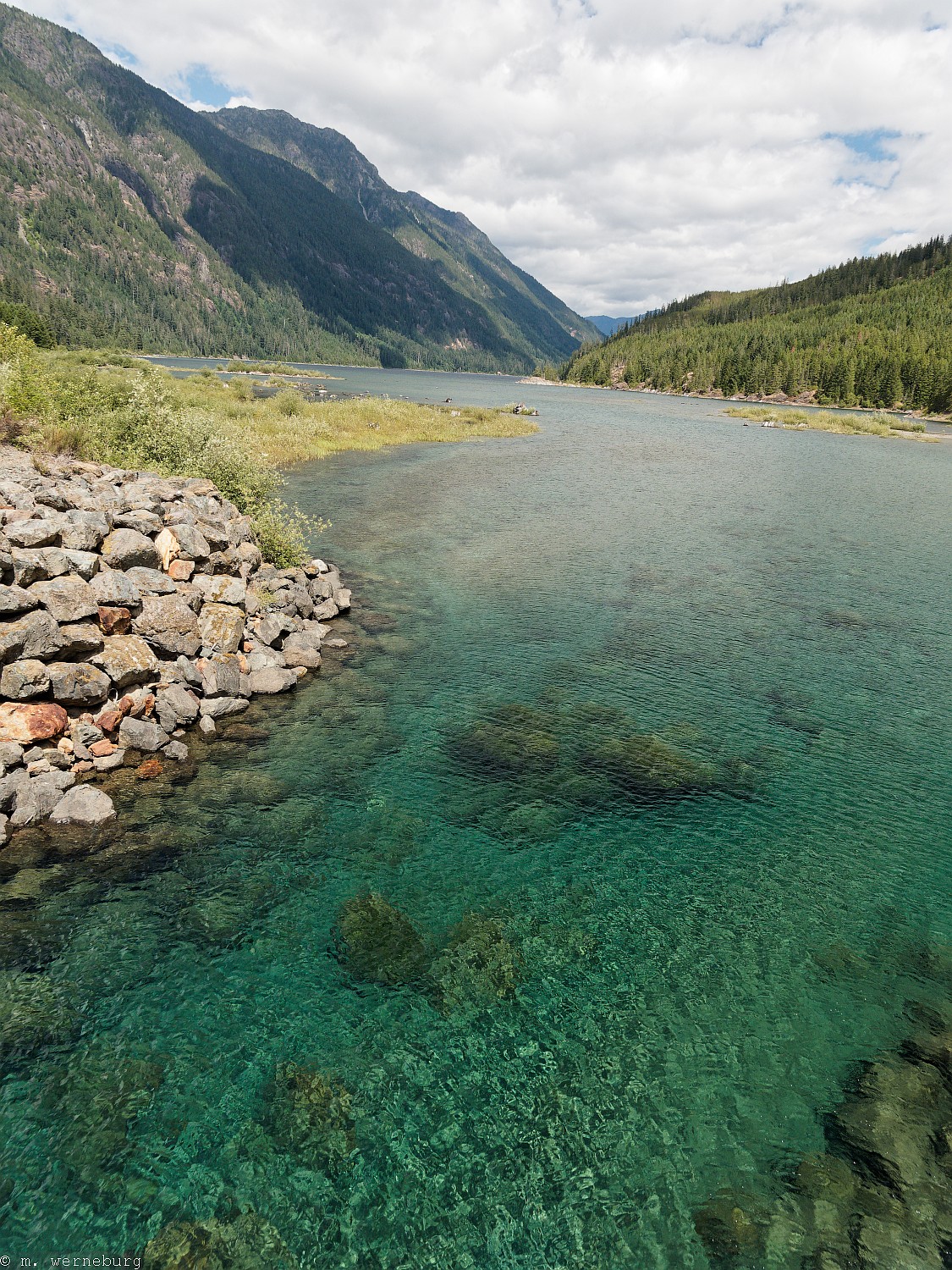

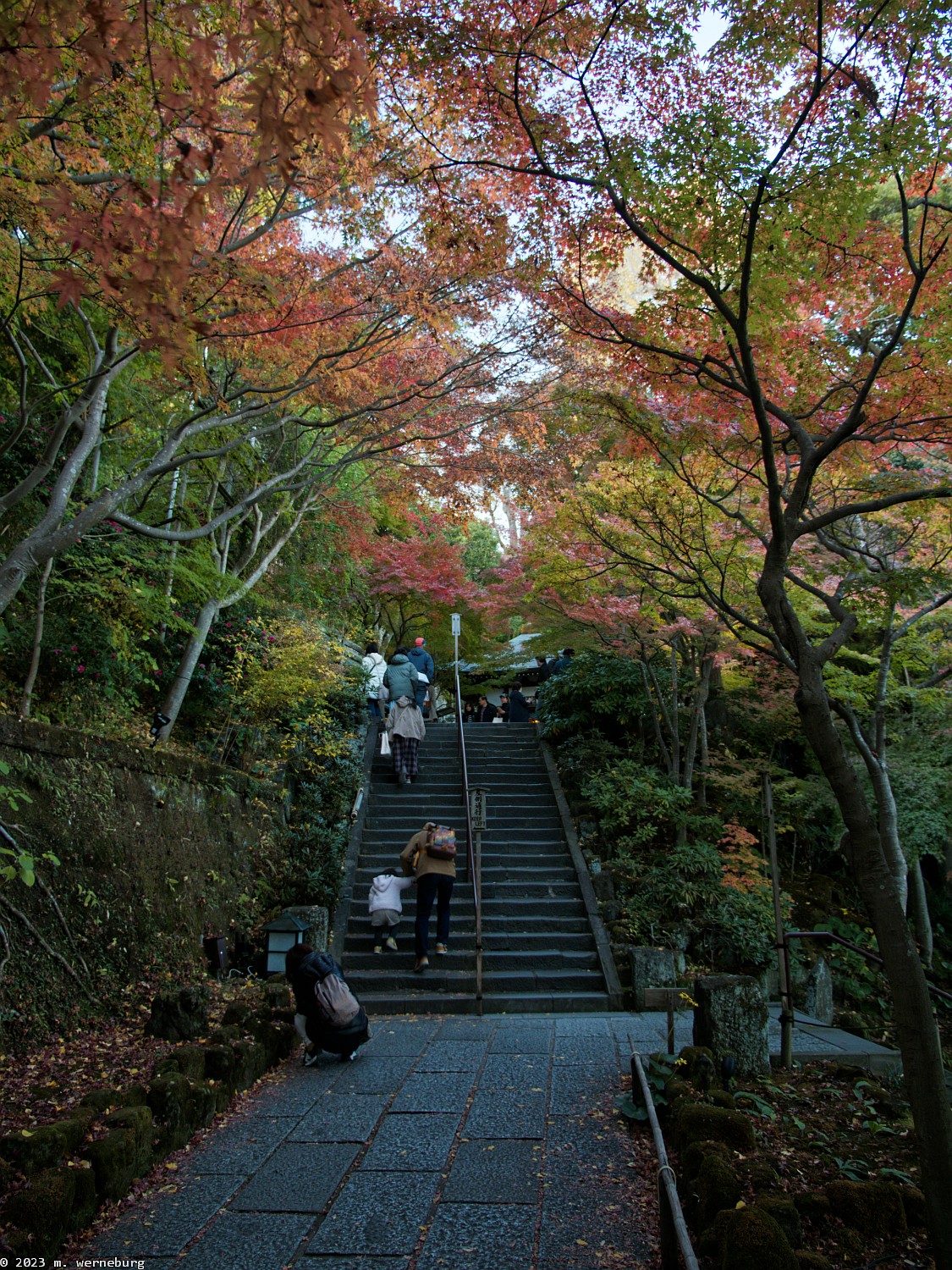

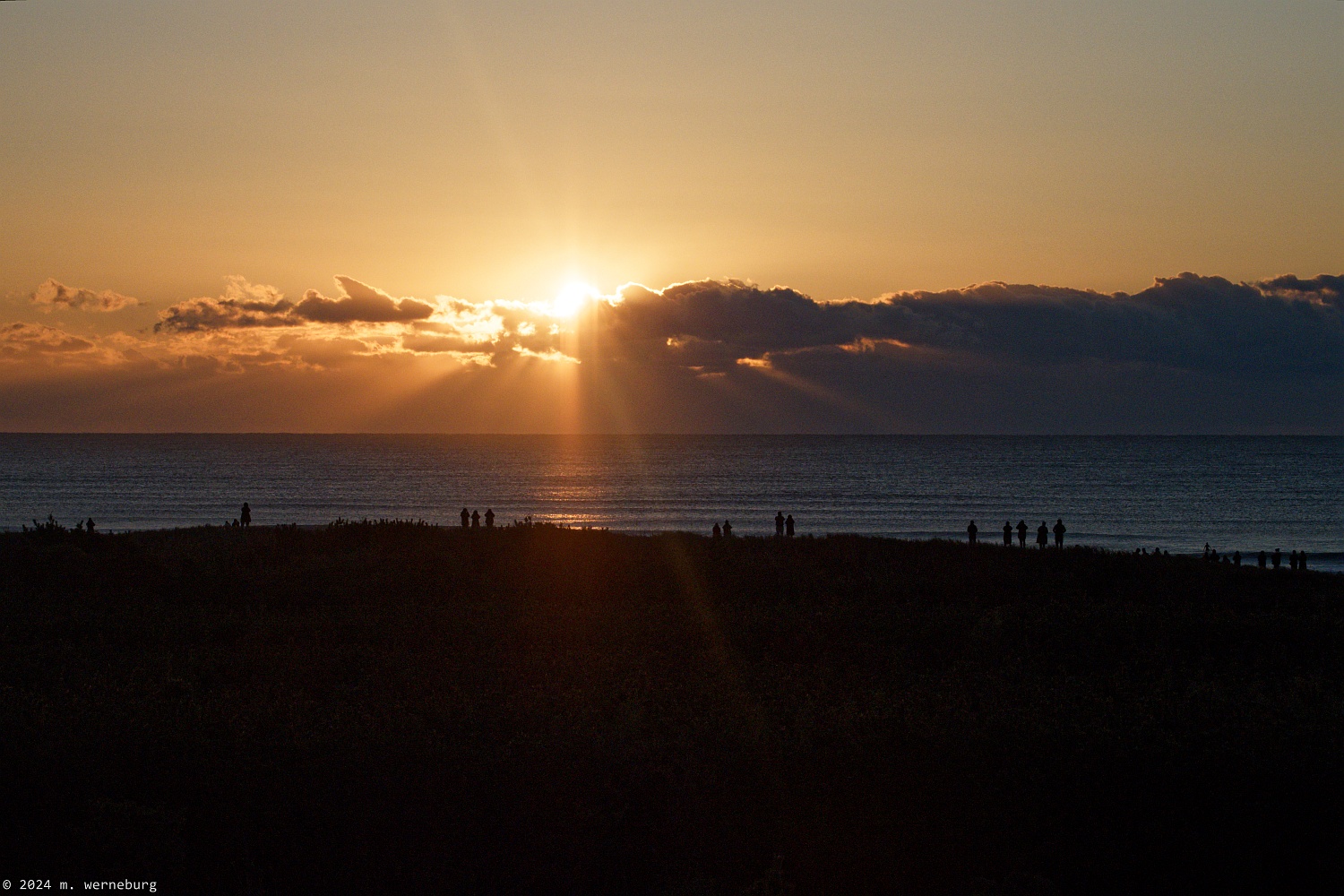

Which brings me to...
low light
I honestly have no idea why keyboard warriors on the Internet like to go on and on about the limited low-light capabilities or high noise from micro four thirds. With images like the below possible hand-held, what exactly does anybody need?
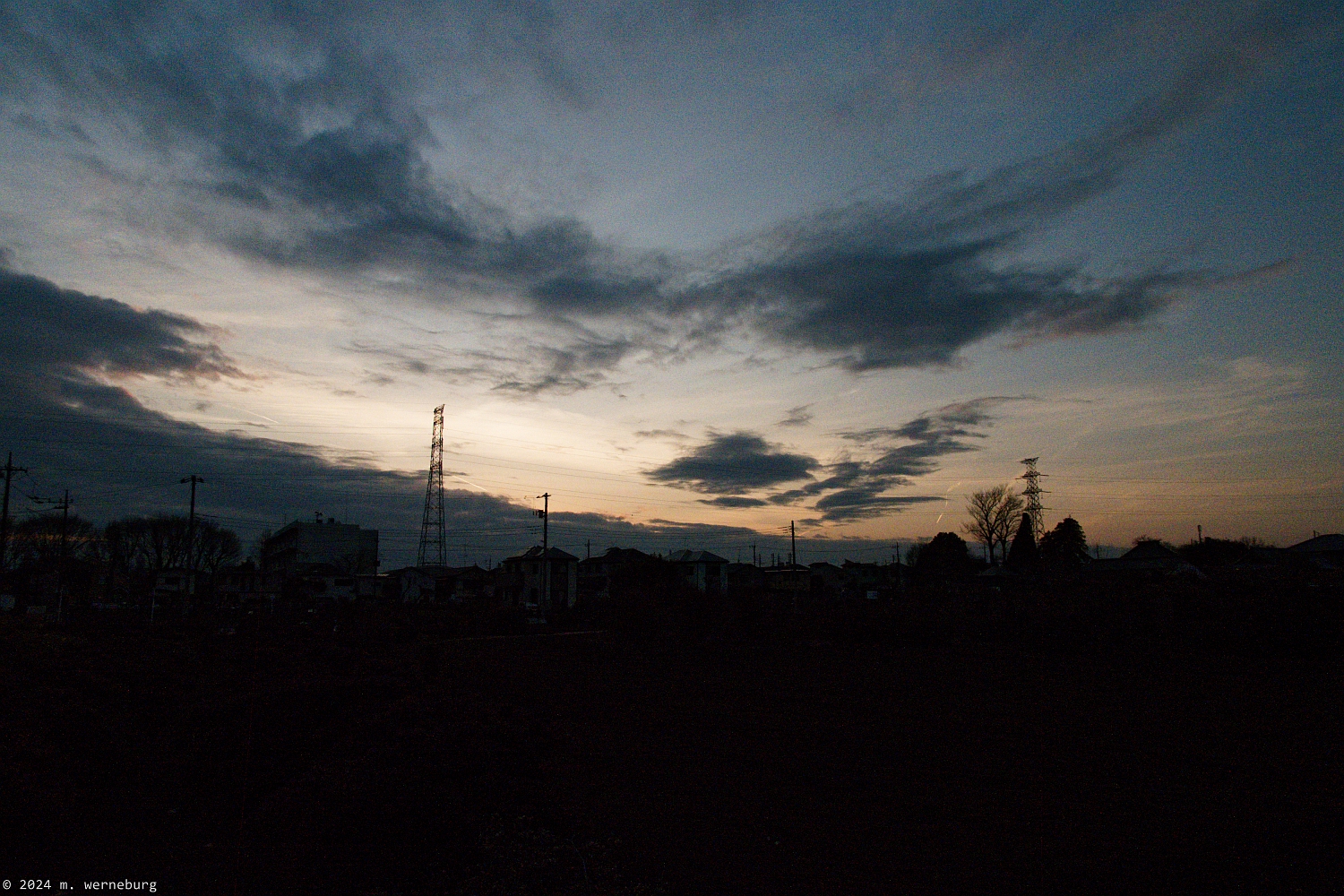
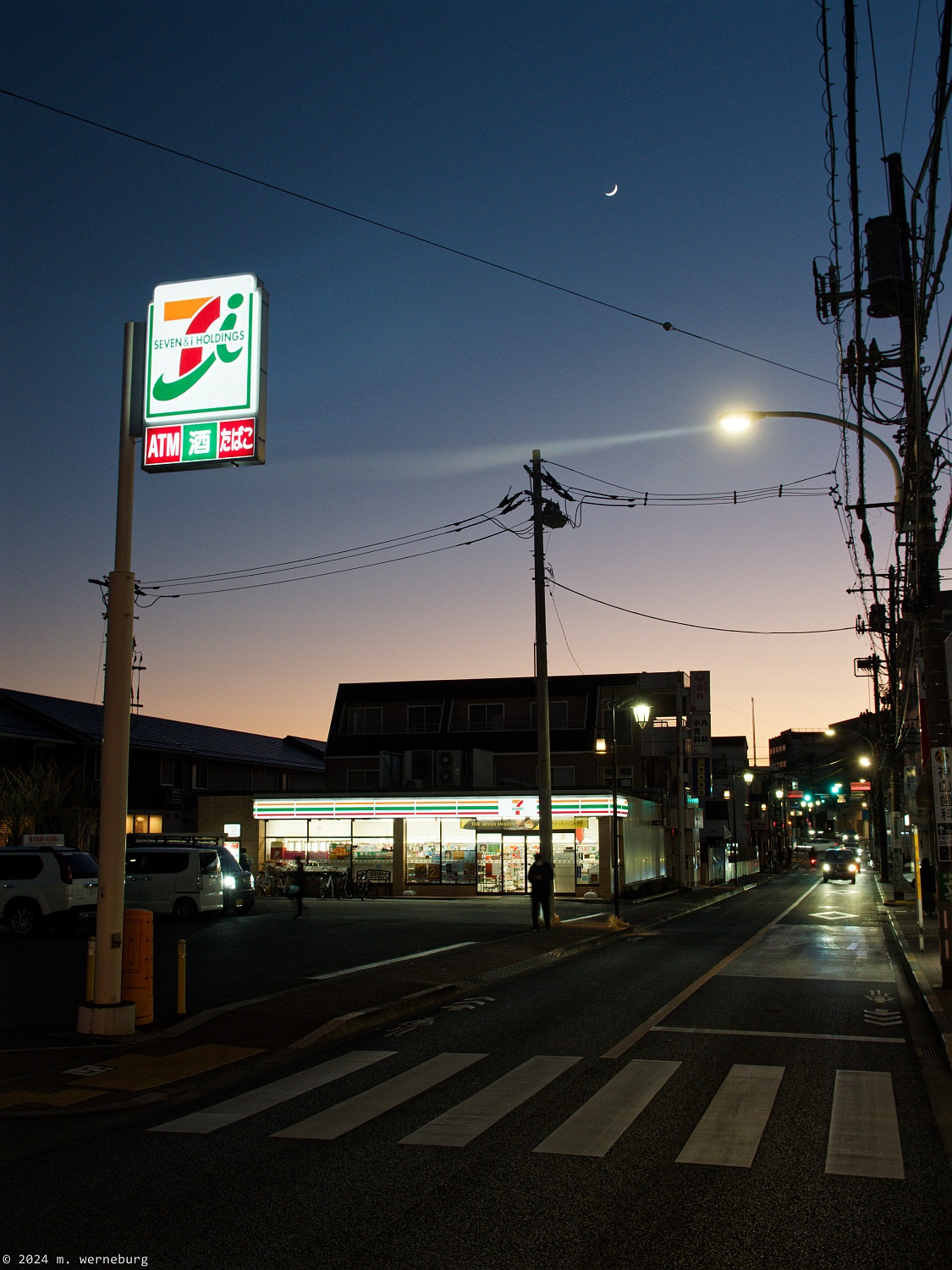
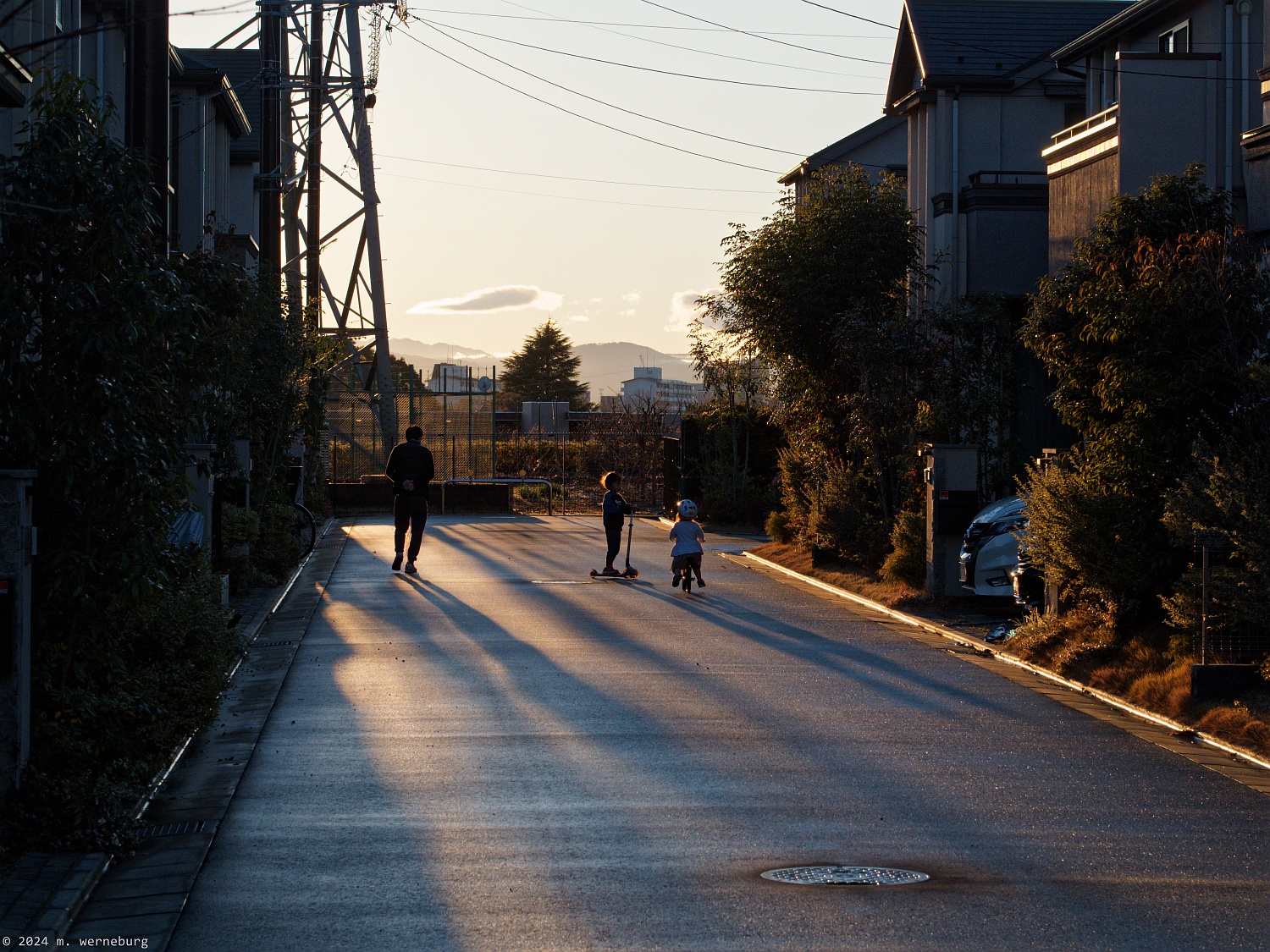

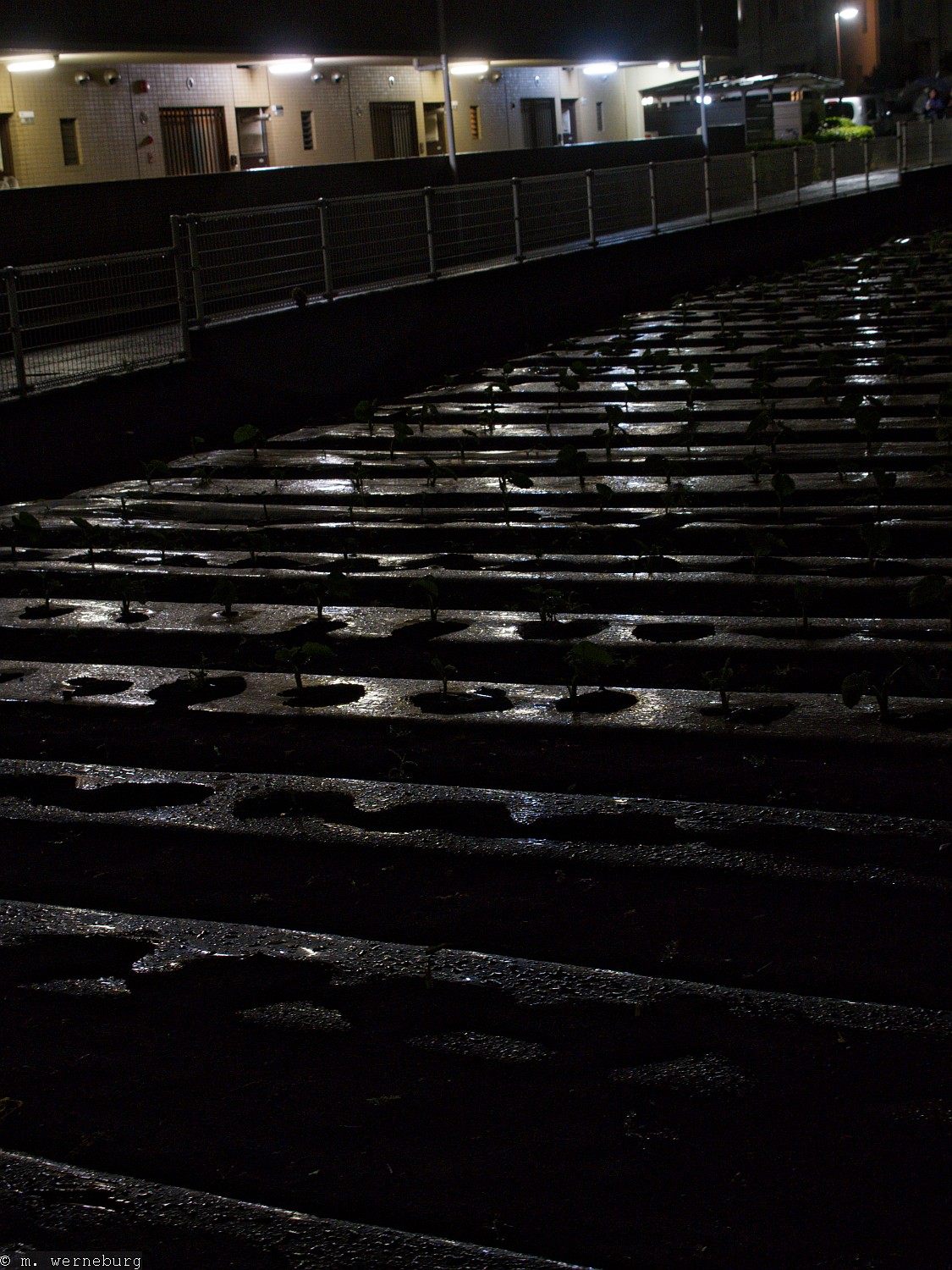
low contrast
This camera can capture the colors of even muted scenes.


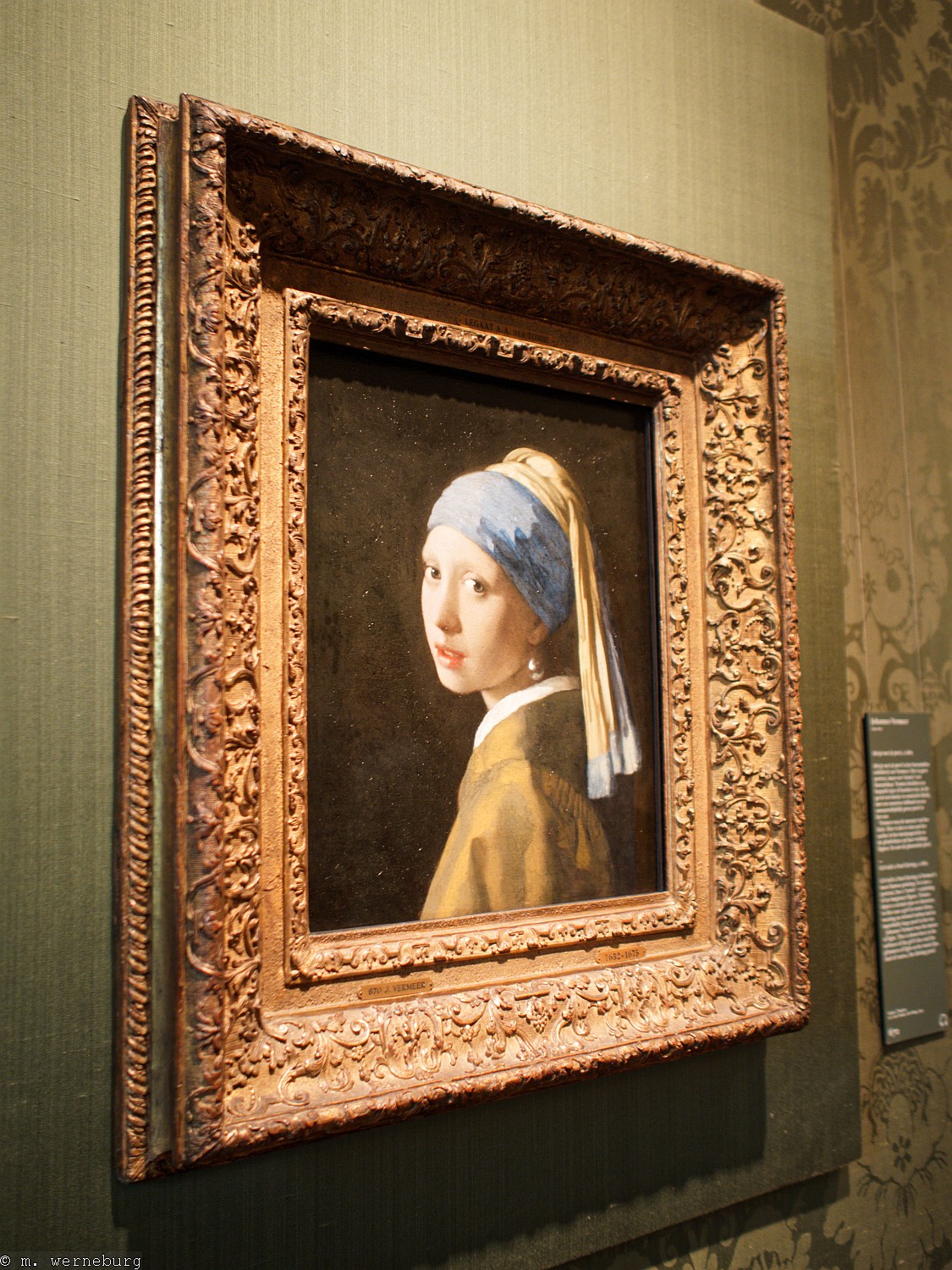
bokeh
You want creamy out-of-focus elements in your photo? Micro four thirds has enough to spare if you select your circumstances well.
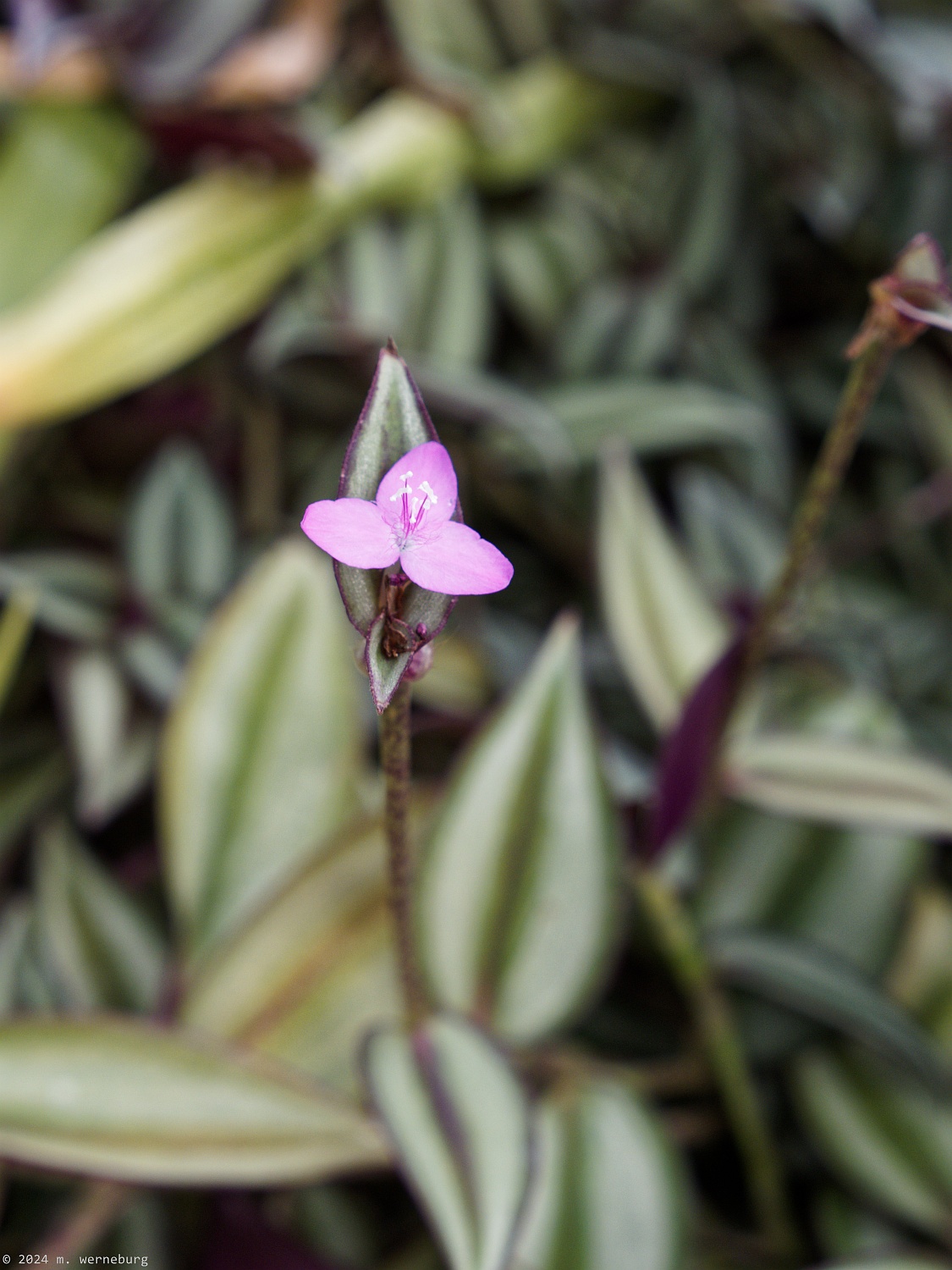
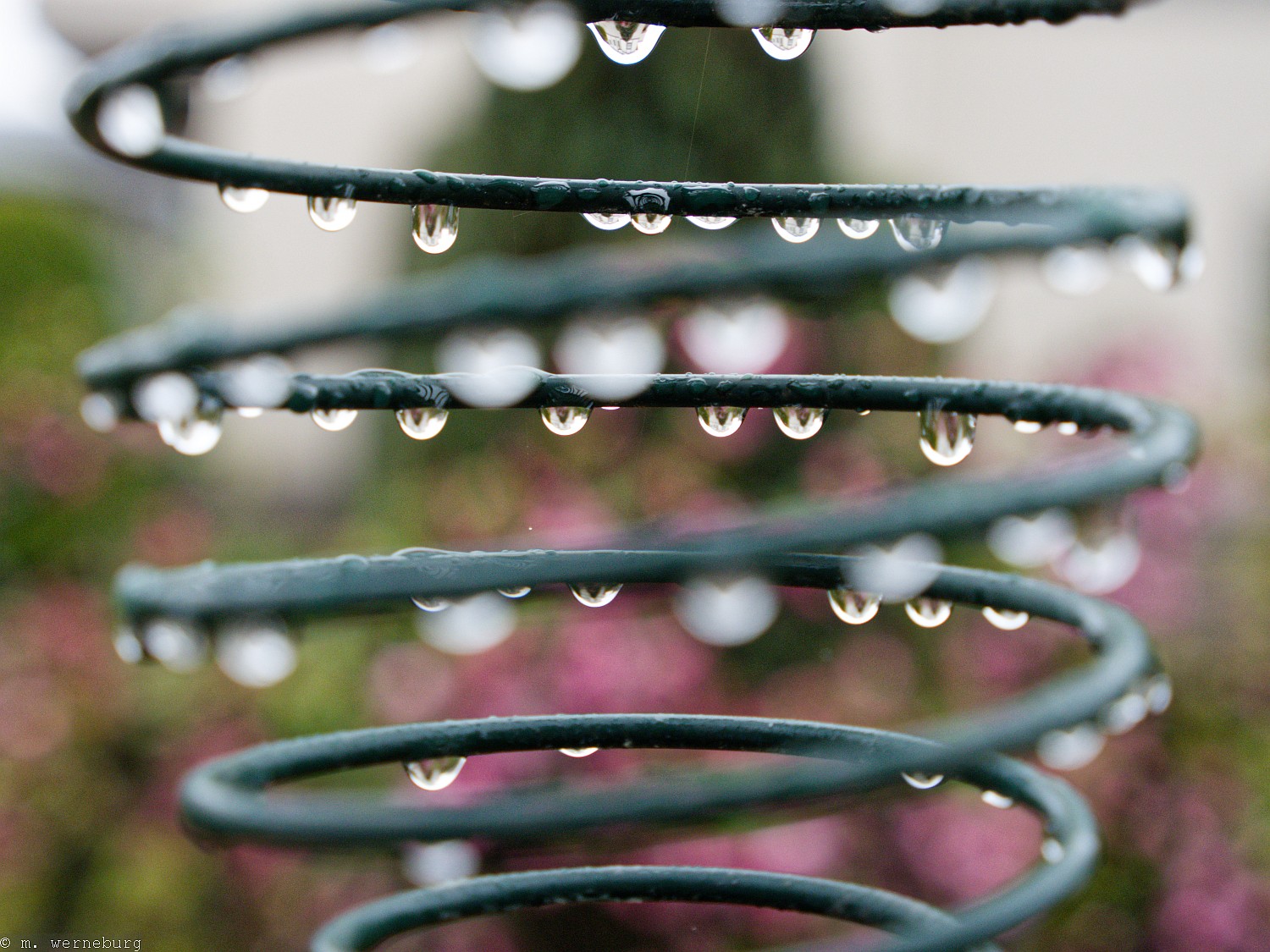
detail
Fine detail, such as in landscapes, is not this camera's strongest suit. But I think the following two photos, shot through the curved glass of an airplane window, show what it can do. In the first case, I was able to identify a mountain on the horizon. In the second case you can see amazing detail and texture on the ground well out into the distance.
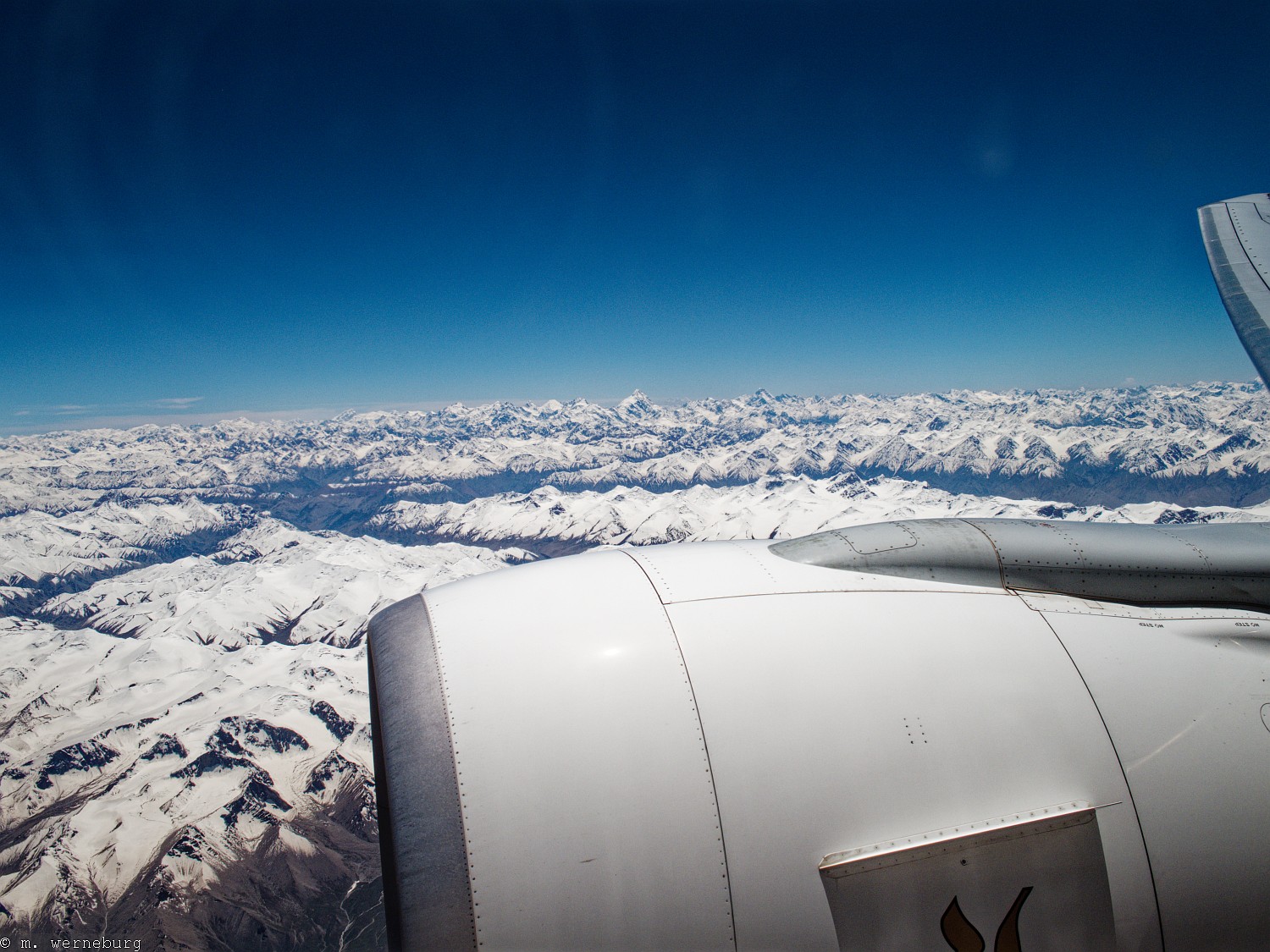

But honestly, I think this format captures enough detail for most uses. It's for hobbyists and enthusiasts, after all, not National Geographic pros.
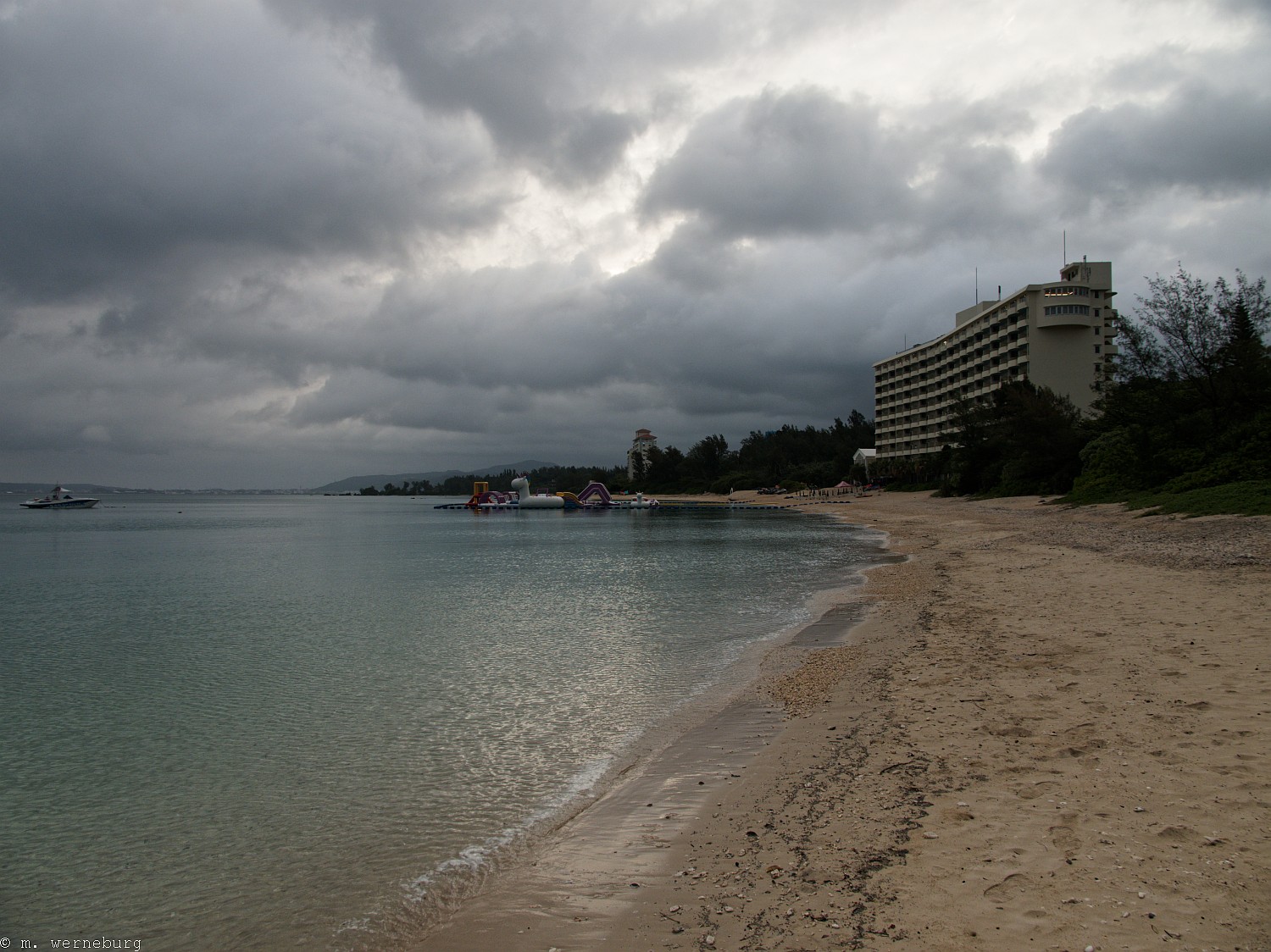
fun with art modes and other tricks
Because I'm mostly interested in enjoying myself, and not in achieving the final word in image quality, I have been tinkering with the art modes on the camera - something I never did with the previous model. You don't need the E-M5 for that, the E-M10 will do just the same. But paired with a nice (but still affordable) lens, I'm pleased with what I'm getting. I do this mostly for street photography, which let's face it can get a bit repetitive after nine years in a city.


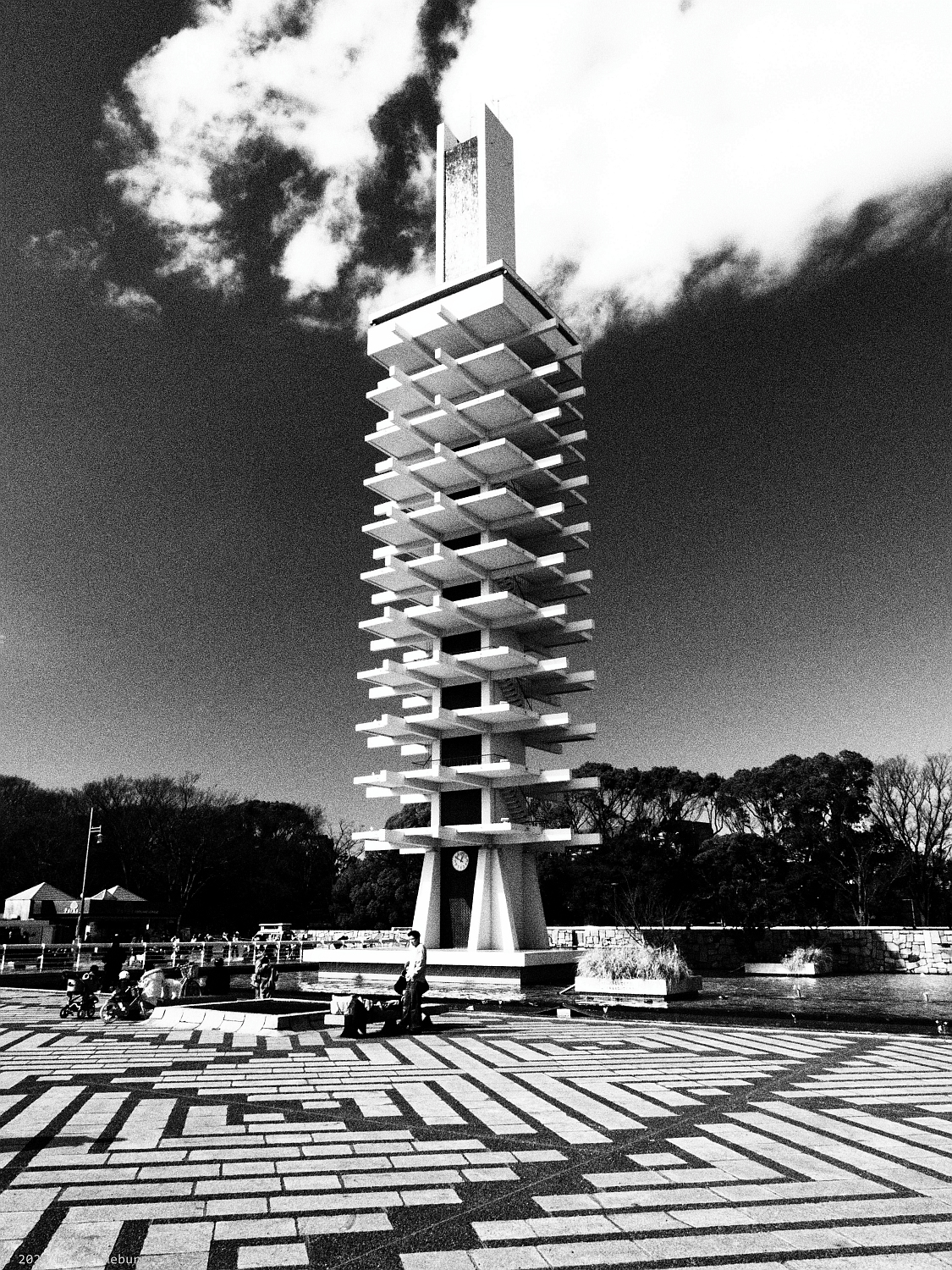
In Bulb mode there is a "live composition" mode that lets you make images like this. You'll need a strong ND filter, but it's a hoot.
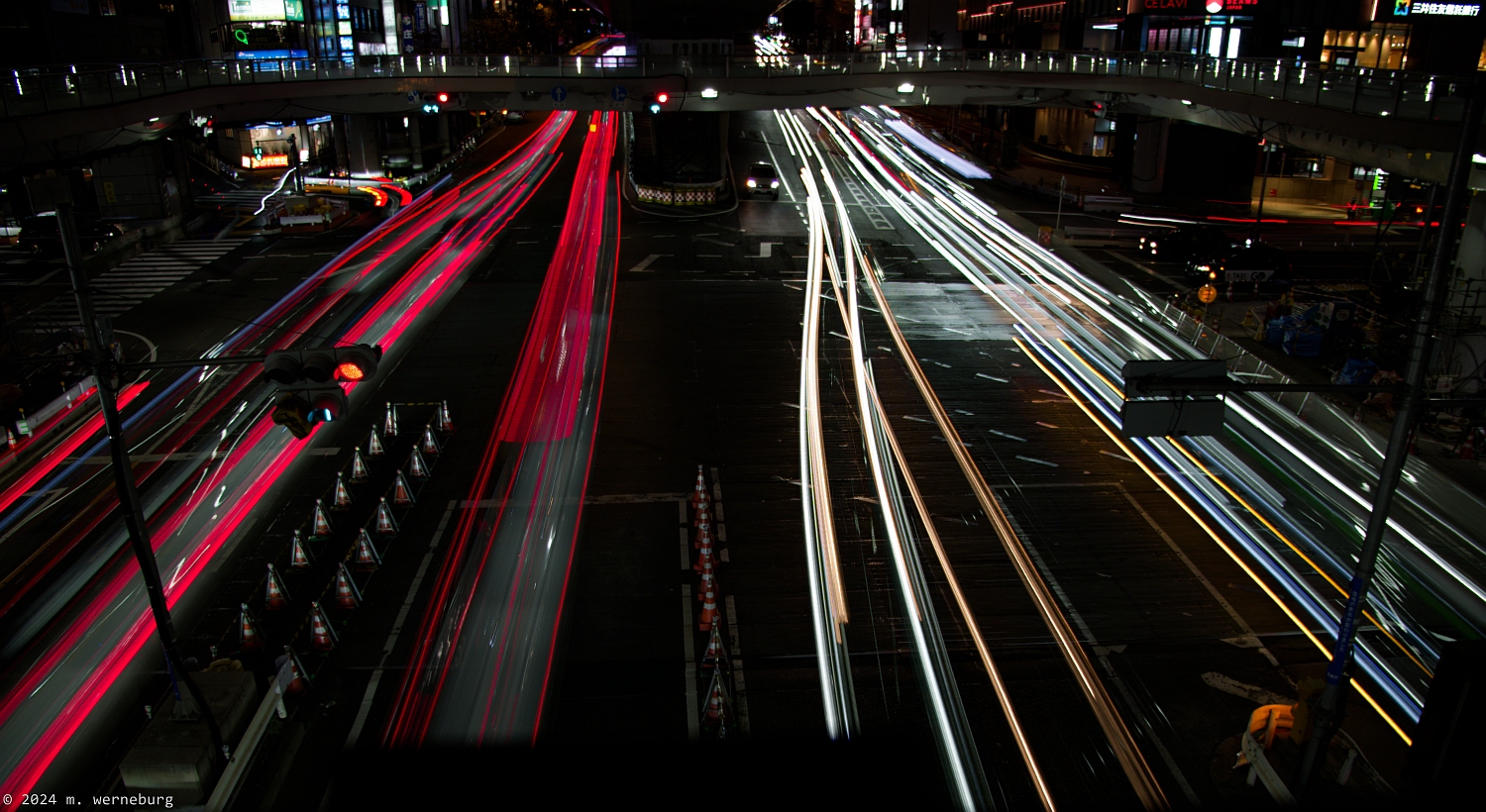
Taken only a hundred meters away, that same night. Taken with the exposure and ISO jacked up an an ND filter.
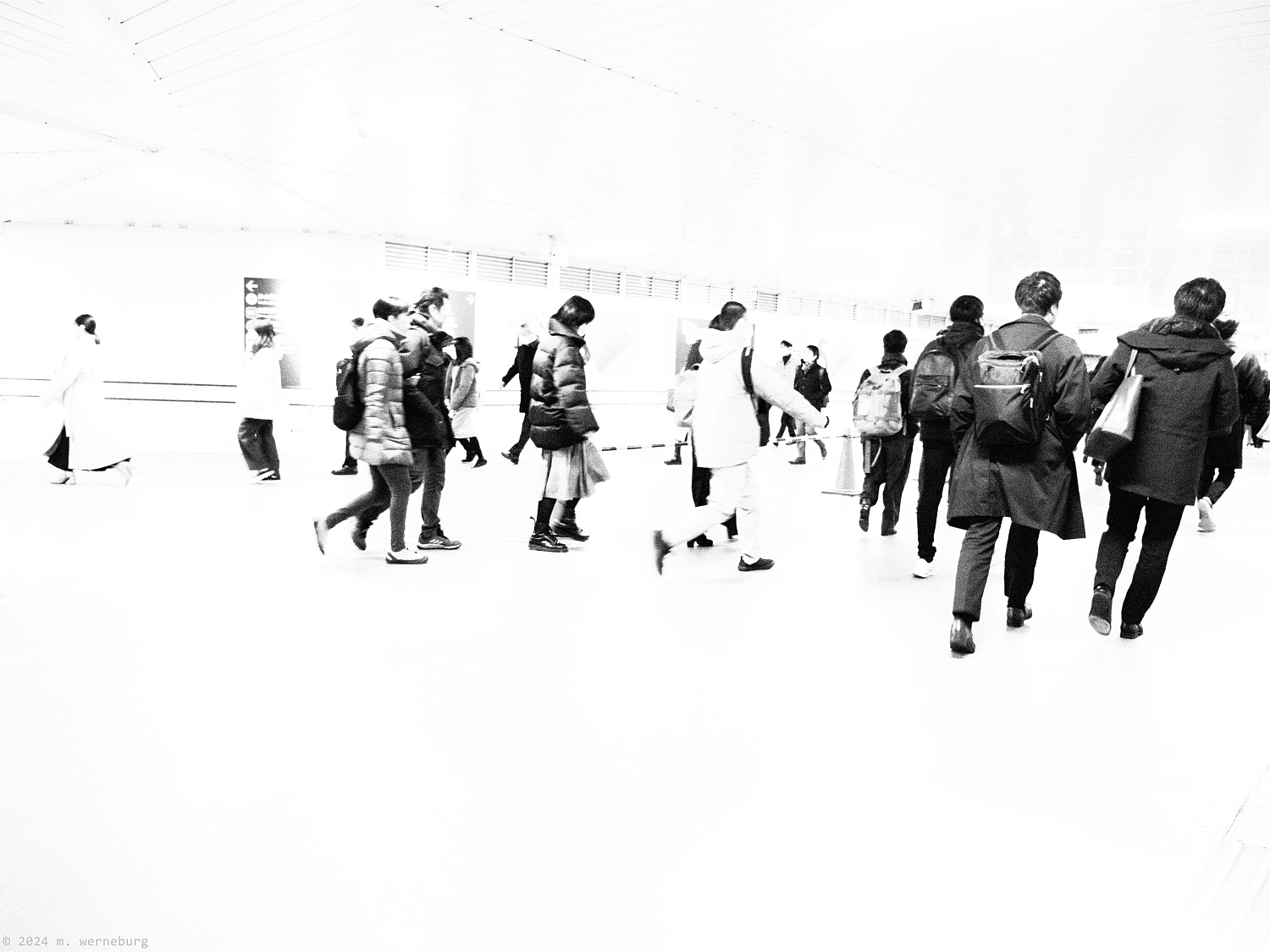
The amazing in-body image stabilization mean you can get good hand-held exposures for up to a couple of seconds.
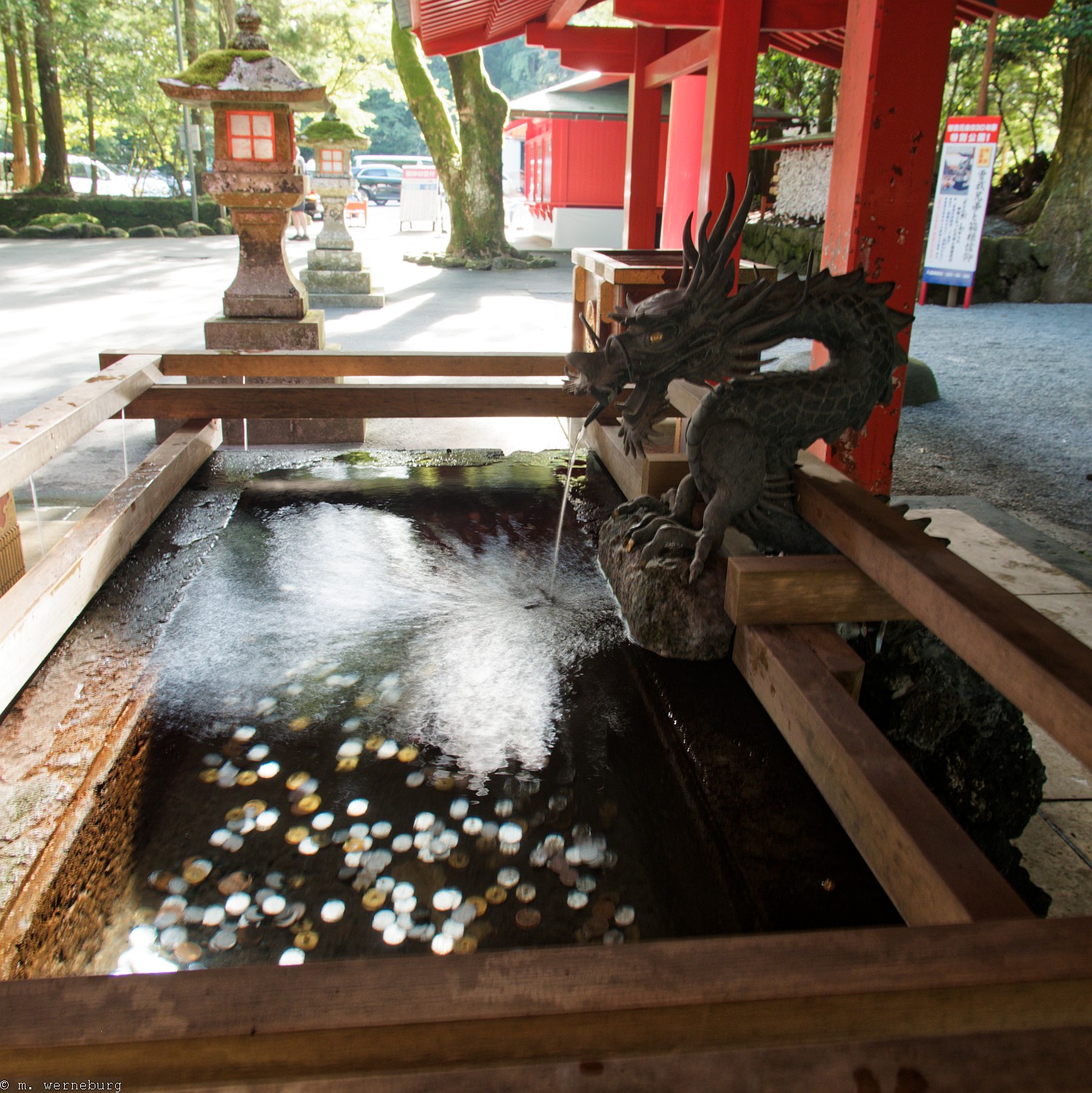
drawbacks
I'm not going to start going on about image quality and resolution and technical focus and so on. If you're looking for the final word in resolving power there are at least three larger-sensor formats you can choose. No, you simply can't achieve the same image quality with these smaller sensors. Ditto the razor-sharp depth of field. And yes, the battery will go after about 1,500 shots with lots of EVF and autofocus use.
More pertinent to me is that the menu system and the somewhat limited choices of customization on the buttons detract from the otherwise superb usability. For instance, there is only one way to assign manual focus to a button on this camera, and that's to set up an alternate profile and then use the switch beside the EVF to toggle between the modes. It's not a bad solution, but you can't just assign manual focus to a button. And the menu? I can't master it and I can't set up a custom menu. Yes, I have three custom modes (in each of the two settings from that switch by the EVF) but I reckon I should be able to disable autofocus from any shooting mode.
The high-res mode works well but this model cannot support it hand-held as newer models can. I therefor find it of limited utility, as I don't frequently carry a tripod.
The "flippy screen" is not for everyone, but I think its primary intention is in the option of recording videos. Which I haven't done. I do like it for reaching around things and shooting from my toes or well above my head.
And that's about it. This camera is a real pleasure to use, and the optional grip adds a bit of heft and strategically-placed bulk that balances the whole thing when a larger lens or a third-party flash is attached.
conclusion
These things are a blast. I'd recommend them for travel, street, family, portrait, or product photos unless you need very high resolution. I have done product photography with much smaller megapixel count, so I know that it can be done, but I would caution the reader against selecting this model primarily for that purpose. Landscape photography might be a case where you need more dynamic range, more detail, or crop leeway. I find this camera adequate for sports, but it's clearly not designed for that either.
Where this camera excels is in fun. It's small, light, well-featured, and the controls are a joy to use. I strongly recommend this model as it will hold up to fair abuse and give you joy as you capture the world around you.